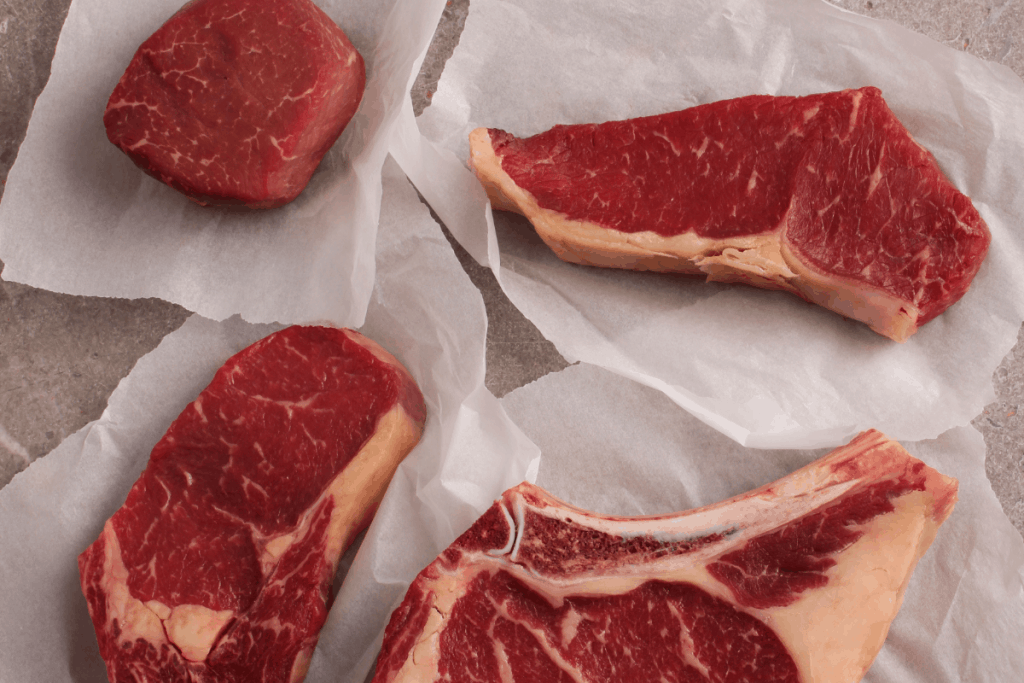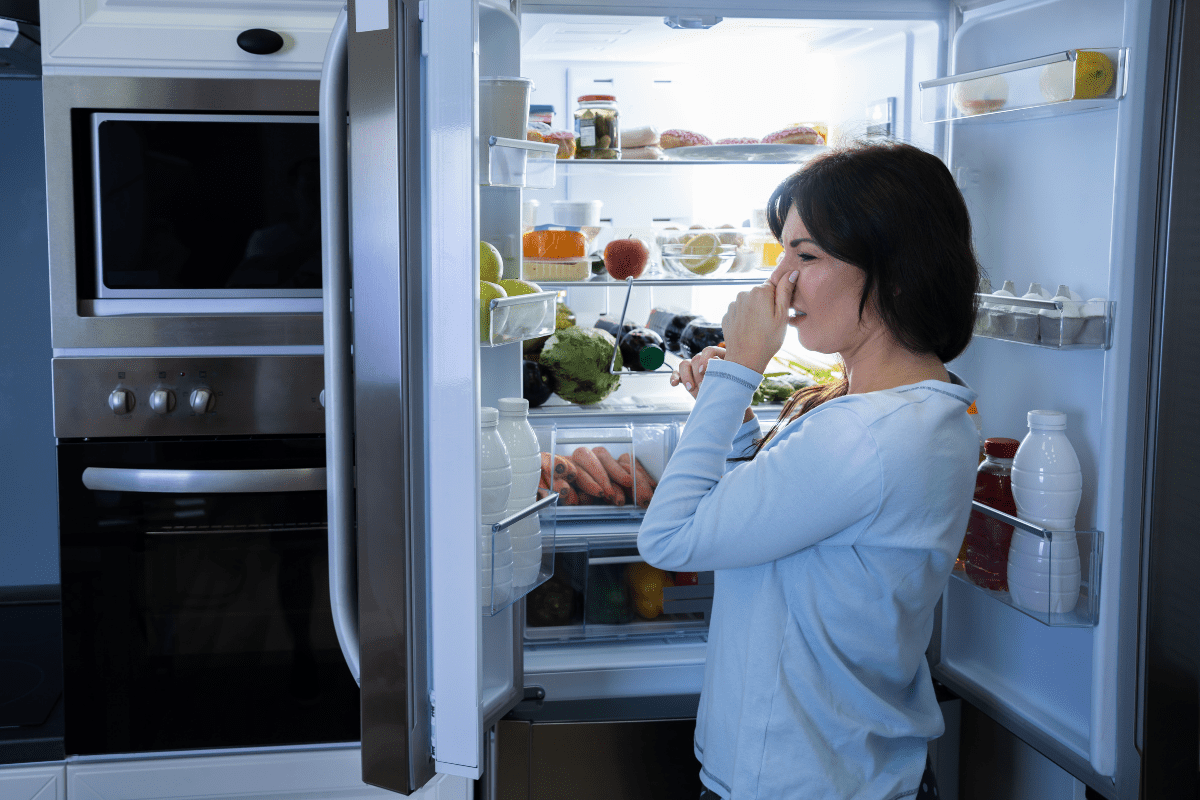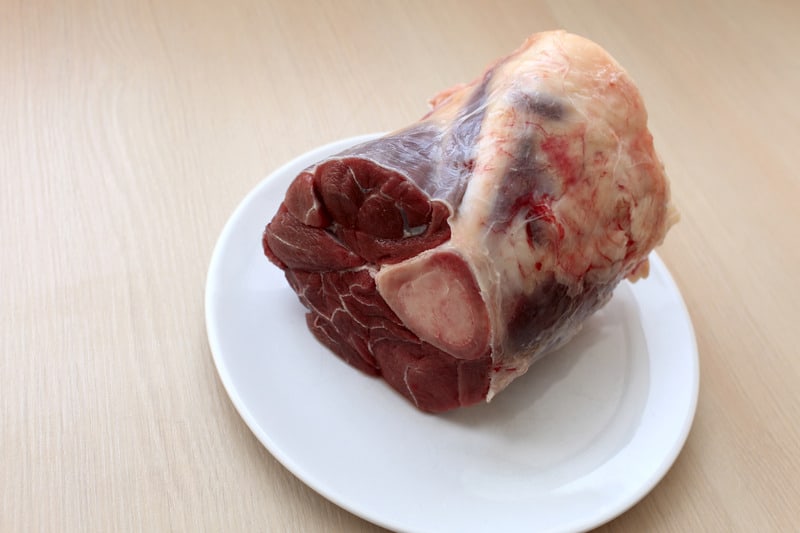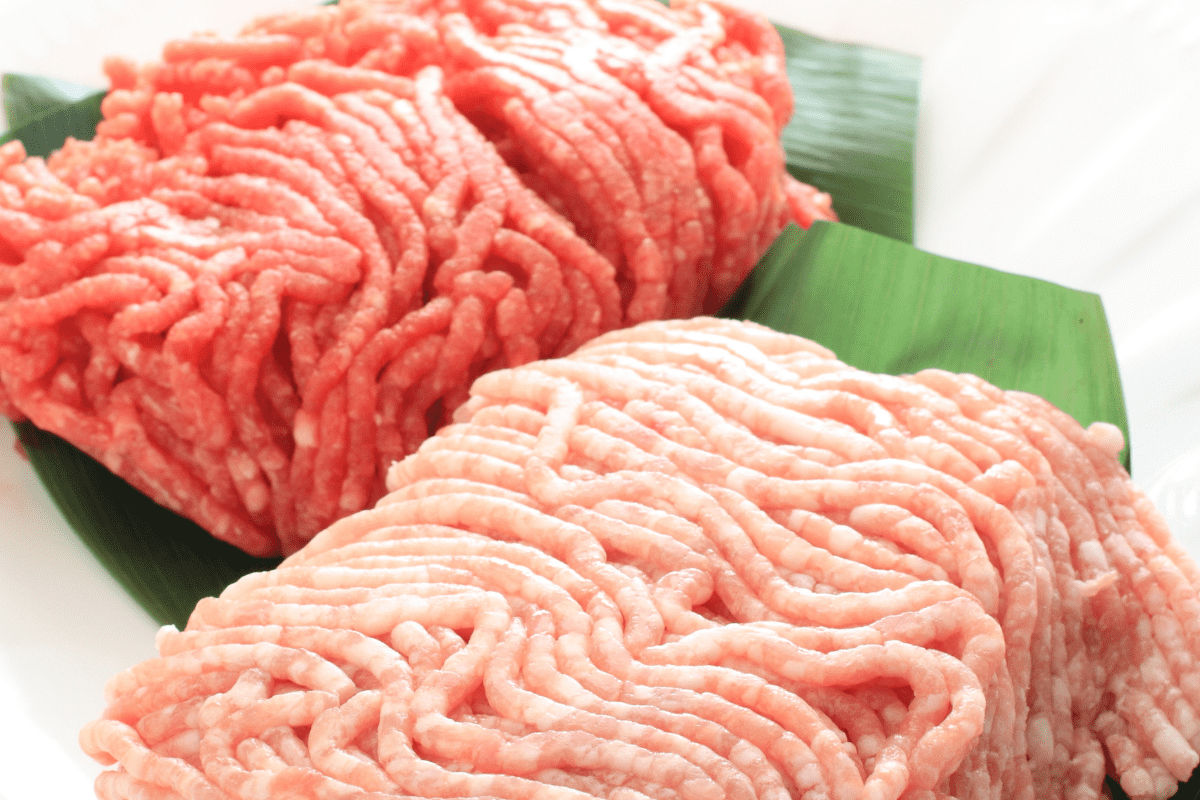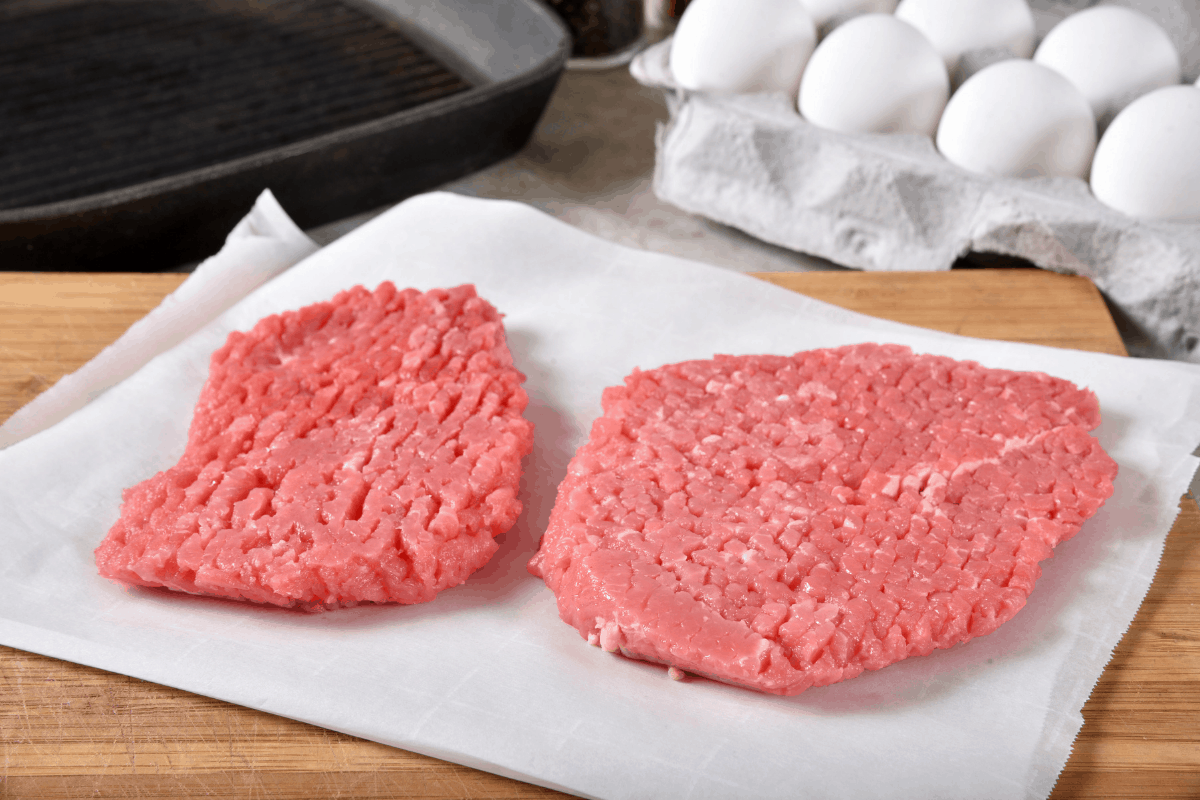Many people would like to try to eat their beef a little less ‘well done’, but are concerned as to whether it is safe to do so without falling prey to food poisoning.
So is it safe to eat beef cooked rare? Solid muscle meats, such as beef roasts and steaks, are safer to eat cooked rare, than chopped meats such as ground beef and burgers. It must be acknowledged that there will always be a slight element of risk when eating rare cooked beef, however there are steps you can take to minimise the risks, and enjoy eating beef cooked rare.
This article will explain the reason there is a risk to eating rare cooked beef, and how you can help reduce the chances of getting sick if you choose to eat your beef cooked that way.
This article may contain affiliate links to products we feel would be beneficial to support the advice being given. If a purchase is made using these links, we may receive a small fee at no further cost to you!
The Risks of Eating Beef Cooked Rare
The main risk of eating rare cooked beef comes from the harmful bacteria found in meat known as pathogens.
These pathogens are usually killed when the food is cooked to a high enough temperature and so pose very little risk.
However, if the food is not cooked to a high temperature, as in rare cooked beef, then those harmful bacteria are not fully destroyed and have the ability to cause illness, known as food poisoning.
Food Poisoning Symptoms Include:
- Stomach Ache or Cramps
- Vomiting / nausea
- Fever
- Diarrhea
- Fatigue
Should Eating Rare Cooked Beef Be Avoided?
Although there is a risk to eating rare or medium rare cooked beef, there are some simple guidelines that you can follow to help lower the risk.
Children, pregnant women, older people and people who are sick with a weakened immune system should avoid eating undercooked beef, as their bodies will not have the ability to fight off any stray bacteria that may enter the body causing illness.
However, if you are fit and healthy, and follow the guidelines that minimise the risk, there is no reason you can’t enjoy your beef a little on the rare side.
How To ‘Safely’ Eat Rare Cooked Beef
As mentioned earlier, eating rare cooked beef is not fully without risk, however the following steps will make it ‘safer’ for you to do so.
Only Use Solid Cuts of Beef
By solid cuts of beef, we mean cuts such as beef steaks and roasts, NOT chopped cuts such as ground beef.
The harmful bacteria that we have talked about is mostly on the surface of the beef, and this bacteria will be destroyed when the surface of the meat comes into contact with the high cooking heat.
However, when beef is chopped or ground, that surface bacteria is mixed throughout the whole of the meat, meaning that although the surface bacteria are destroyed, the bacteria mixed within the centre of the meat isn’t.
If you want to eat a rare burger, then you will need to grind the meat yourself, and cut away the surface of the meat prior to grinding. We talk a little more about that in our article about homemade burgers.

Cook To Minimum 145oF & Rest
Another way to help lower the risks of getting sick is to ensure you cook the beef to an internal temperature of 145oF/63oC and let the meat rest for 3 minutes before eating.
The meat will continue to cook for a few minutes after being removed from the heat, and so resting the meat allows it to further kill those pesky harmful bacteria that may be present.
Although this will result in a more ‘medium rare’ cooked beef, it is that bit safer than having it rare. Of course you can go for a lower temperature, however the risk of getting sick increases the rarer you go!
To be absolutely sure that the risks have been eliminated, all meat should be cooked to an internal temperature of 160oF/72oC, however this would not be classed as ‘rare’. This is the minimum temperature you should be cooking your burgers and ground beef.
Cook on High Heat
If you are going to eat your steak ‘rare’, then you will not be leaving your meat on the heat source for very long.
Ensure you have a high heat to create a ‘sear’ on the meat that will eliminate all of the harful bacteria that may be present on the surface of the meat.
This ‘sear’ will also help to seal in the juices of the meat, making it extra moist and juicy.
Use A Digital Food Thermometer / Probe
If you are going to eat your beef cooked rare, then you need to be as precise as possible with the internal temperature of the meat.
Relying on sight, or the finger pressure test, is not a safe enough way to guage how well cooked the steak is.
Using an instant read digital food probe will allow you to accurately determine when the steak is cooked enough to remove from the heat.
This handy kitchen gadget can be picked up for less than $20, and will allow you to take enjoy perfectly cooked meat whatever way yo like it. No more overcooked and dry offerings from your kitchen, just perfectly cooked meat every time!!!
This is the Amazon best selling Digital Meat Probe if you are looking to buy one.
How To Cook The Perfect Steak Video
So there you have it. Although eating rare cooked beef is not fully without risk, there are steps you can take that will help lower those risks. Provided you are not one of the people in the ‘at higher risk’ groups, and you follow the advice given, you can probably enjoy eating beef cooked a little on the rare side without too much risk.

